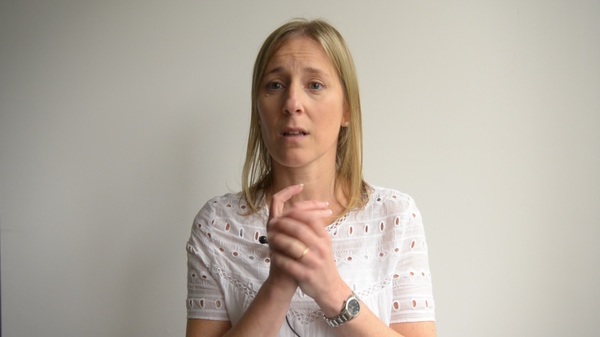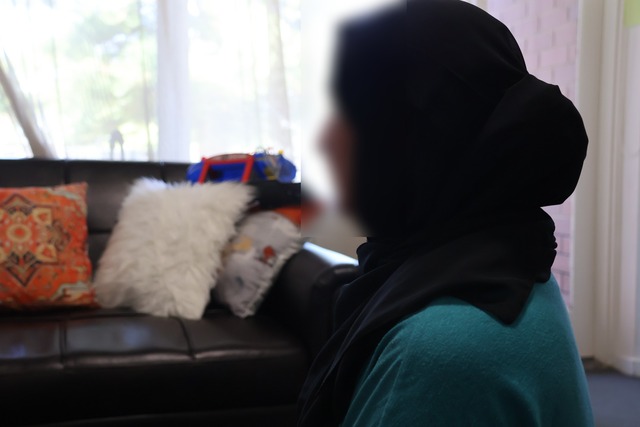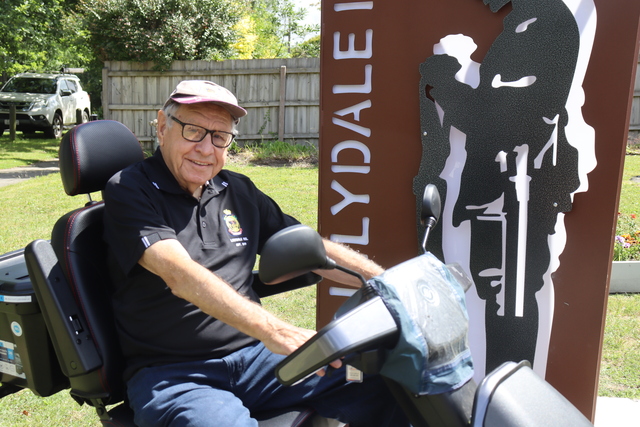Technology is being widely used to support asylum seekers and other new arrivals in Covid-19 lockdown.
Dandenong refugee settlement agency AMES’s case managers are using phone and video-conferencing where possible to keep in touch with clients.
“Our clients are just like everyone else – staying at home as much as possible and fearful of the outcome of the crisis,” an AMES spokesperson said.
“We’ve even had a few refugee families who arrived just before the borders closed go into voluntary isolation for two weeks.”
Meanwhile, AMES English-language students are continuing classes by remote learning.
“There are hundreds of students learning remotely through Skype, Zoom and other platforms,” the spokesperson said.
“Hundreds more have been sent printed learning resources and can speak to a teacher on the phone.”
AMES is also providing a support fund to help asylum seekers with food and rent, mindful that many were the first to be laid off from casual work during the lockdown.
The Australian Red Cross has received funding from the Federal Government for a similar fund.
AMES has also produced 15 in-language videos explaining Covid-19 hygiene and social-distancing protocols, such as self-isolation and hand-washing.
AMES Australia chief executive Cath Scarth said the videos were aimed at communities that may find it hard to access official information.
“We see it as part of our mission at AMES Australia to try to get these important messages out to the communities we work with so they can keep themselves safe and do the right thing by the broader community.”
Burmese Karen community leader Nanthu Kunoo said many people in her community, especially those who were newly arrived, struggled to understand health messages delivered through mainstream media.
“That is why it is so important to have these critical messages delivered in language and from members of these communities,” Ms Kunoo said.
The videos have been produced in Arabic, Farsi, Amharic, Tigrinya, Oromo, Dinka, Karenna, Karen, Hakha-Chin, Urdu, Dari, Spanish, Nepali and English.







